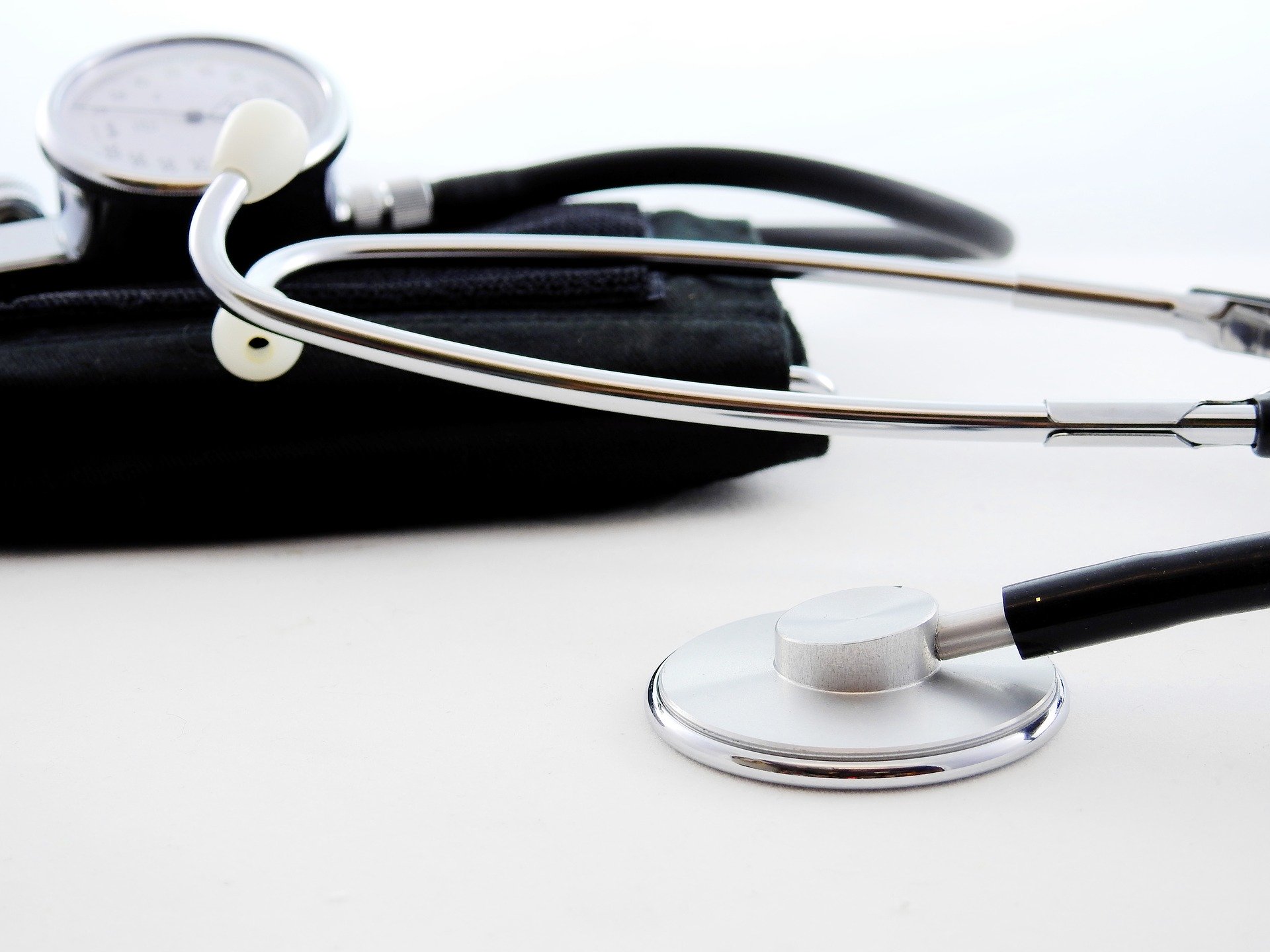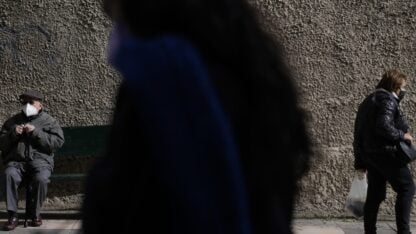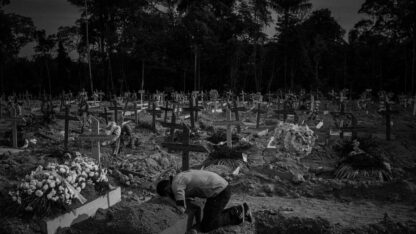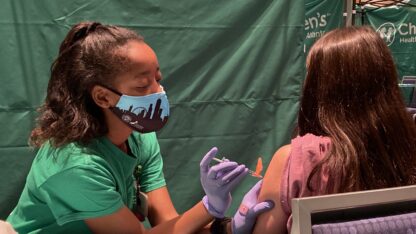Health Centers Serving The Poor Feel Virus Impact, Voice Concern About Effect On Patients

The state’s federally funded health centers, including Georgia Highlands, have seen patient visits drop by an average of 40 percent.
Pixabay
Patient visits are way down. Many children aren’t coming in for vaccinations. Some longtime adult patients are now ‘‘train wrecks,’’ with their diabetes and hypertension out of control.
“I’m pretty tired,’’ says Todd Shifflet, CEO of Georgia Highlands Medical Services, which runs five medical clinics in Cumming and nearby cities, facilities that have seen a range of negative effects from the COVID-19 pandemic. “It has been very, very difficult. The future looks pretty uncertain.’’
The state’s federally funded health centers, including Georgia Highlands, have seen patient visits drop by an average of 40 percent. A recent survey found that 39 of these safety-net medical sites have closed, many of them in rural areas of the state, leaving about 180 still open, according to the Georgia Primary Care Association.
Meanwhile, all the health centers that remain open in Georgia are testing residents for the coronavirus while performing their regular primary care services.
Doctors’ offices and hospitals have also seen big drops in patient traffic during the pandemic. Some people may stay away because they fear catching COVID-19 in a medical setting, and many are facing financial hardships, such as losing their jobs.
Nationally, the federally funded health centers have run into their own financial upheaval, according to a Kaiser Family Foundation analysis published in May. Patients at these health centers are disproportionately low-income and people of color, groups especially hard hit by the pandemic. These community health centers nationally reported a 43 percent drop in the number of patient visits compared to before the pandemic, while hundreds of clinic sites have closed.
Shifflet says the normal percentage of uninsured patients at his clinics is close to 50 percent. Since the pandemic started, that percentage has crept higher.
Many patients are Hispanic/Latino and have low incomes.
The drop in pediatric visits is alarming, he says. “The kids who need vaccines aren’t coming in. We think it’s bad.’’ The CDC reported last month that during the pandemic, the rates of childhood vaccinations had dropped significantly because many parents were reluctant to schedule well-child visits at their doctors’ offices, for fear of contracting the coronavirus.
As a result, children have fallen behind on vaccinations for diseases such as measles and pertussis, better known as whooping cough.
For organizations like Georgia Highlands, federal funding through the Health Resources and Services Administration (HRSA) has been invaluable as they grapple with COVID-19. Georgia Highlands received about $1.4 million. “Without it, we’d be shutting down sites,’’ Shifflet says.
A coastal Georgia community health center, despite receiving $800,000 in federal grants, has had to close one of its three sites.
“We had a lot of people who told us they were staying home’’ instead of getting the primary care they needed, says Barbara Meyers, CEO of the Brunswick-based Coastal Community Health Services. Call volume and patient visits are down as much as 50 percent, she adds.
As at other health centers, telemedicine has helped connect medical providers with patients. “If we didn’t have the HRSA funding, we’d be in really bad shape,’’ Meyers says. Administratively, she says, “We’ve tried to be as nimble as possible. Everyone gets to wear multiple hats.’’
She fears that many people’s medical conditions will worsen during the COVID crisis. “Healthwise, I can see a whole lot of ‘step-back.’ People whose health conditions were on the right path are going to slide back.’’
Obtaining personal protective equipment (PPE) – gloves, respirator masks, goggles, gowns — for health care workers was a huge challenge early in the pandemic for these health centers.
Southside Medical Center, a community health center with 10 metro Atlanta clinics, told GHN in April that it was running low on PPE, which is required for personnel administering virus tests as well as those who deal with infected patients.
Due to the shortage of basic resources, some Southside staff members were enlisted as shoppers, sent to search the shelves of local stores for scarce items such as toilet paper and cleaning solution.
“It’s so hard to get supplies,” Southside CEO Dr. David Williams said then. “By the time they come in, you’ve used them all up.”
Several basic items are now back on the market. But getting PPE is still a struggle, says Angie McVey, CEO of Primary Care of Southwest Georgia, which has six medical sites, including a school-based clinic in Thomasville that has just reopened.
In the beginning, PPE supply “was pretty horrible,’’ McVey says. And even now, “we have one site with only 20 gowns left.’’
A health center based in Albany – a hot spot for infections in Georgia – has focused on keeping patients out of the emergency room and keeping staff at the same level as before the pandemic, the Albany Herald reported.
With many residents fearful of visiting an actual medical office, Albany Area Primary Health Care, which operates 26 clinics in 14 counties, developed an at-home patient program during the pandemic.
Nurses take medical devices to people’s homes so the patients can monitor their own condition, the Herald reported this week. These “home kits” include thermometers, blood pressure cups and other such equipment. The nurses teach the patients how to use these devices, and then ensure that the residents have the proper set-up for telehealth appointments.








